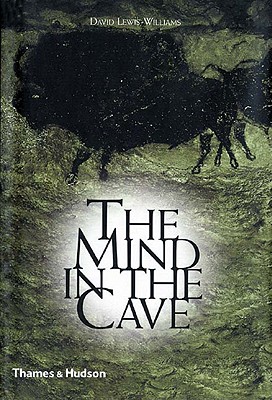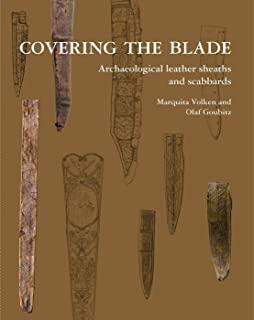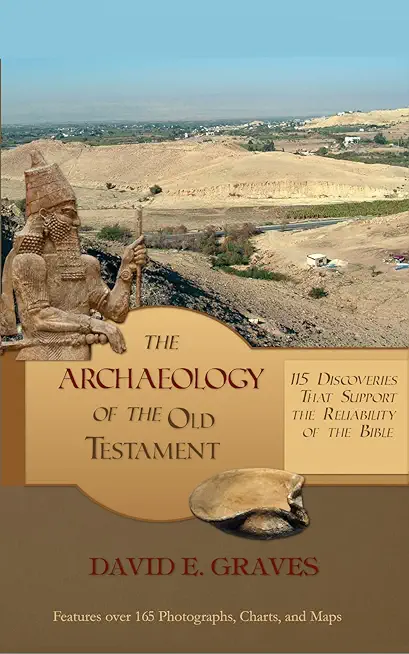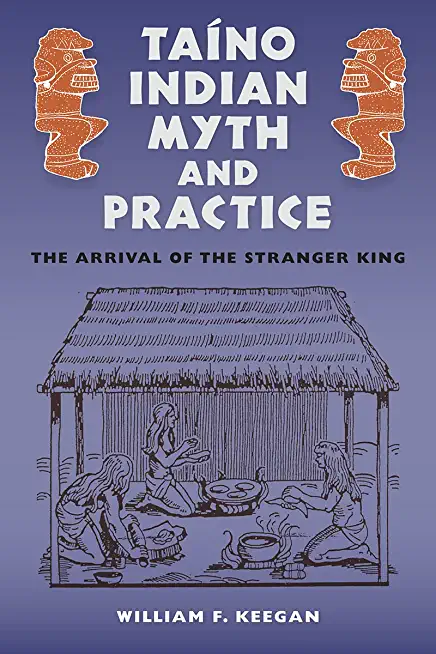
Keegan, William F.
product information
description
4Applying the legend of the "stranger king" to Caonabó, the mythologized Taíno chief of the Hispaniola settlement Columbus invaded in 1492, Keegan examines how myths come to resonate as history--created by the chaotic interactions of the individuals who lived the events of the past as well as those who write and read about them. The "stranger king" story told in many cultures is that of a foreigner who comes from across the water, marries the king's daughter, and deposes the king. In this story, Caonabó, the most important Taíno chief at the time of European conquest, claimed to be imbued with Taíno divinity, while Columbus, determined to establish a settlement called La Navidad, described himself as the "Christbearer." Keegan's ambitious historical analysis--knitting evidence from Spanish colonial documents together with data gathered from the archaeological record--provides a new perspective on the encounters between the two men as they vied for control of the settlement, a survey of the early interactions of the Taínos and Spanish people, and a complex view of the interpretive role played by historians and archaeologists. Presenting a new theoretical framework based on chaos and complexity theories, this book argues for a more comprehensive philosophy of archaeology in which oral myths, primary source texts, and archaeological studies can work together to reconstruct a particularly rich view of the past. A volume in the Florida Museum of Natural History: Ripley P. Bullen Series
member goods
No member items were found under this heading.
listens & views
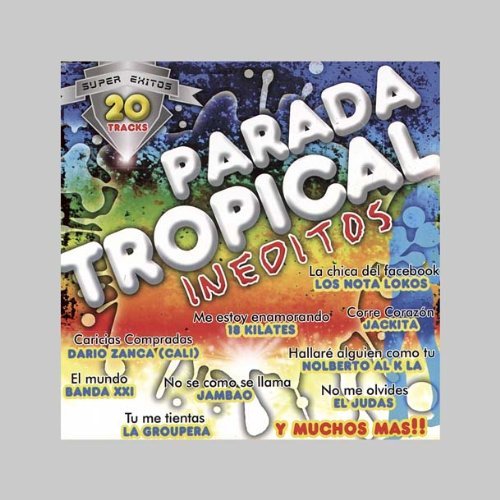
PARADA TROPICAL INEDITOS / VARIOUS ...
by PARADA TROPICAL INEDITOS / VARIOUS (ARG)
COMPACT DISC$8.49
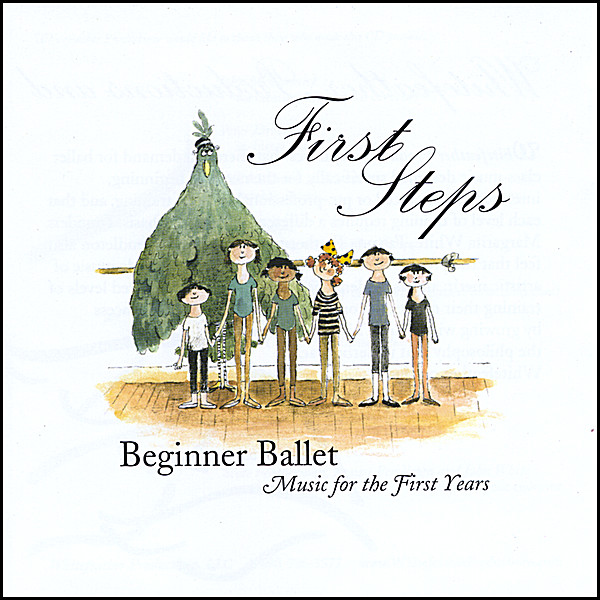
Return Policy
All sales are final
Shipping
No special shipping considerations available.
Shipping fees determined at checkout.
